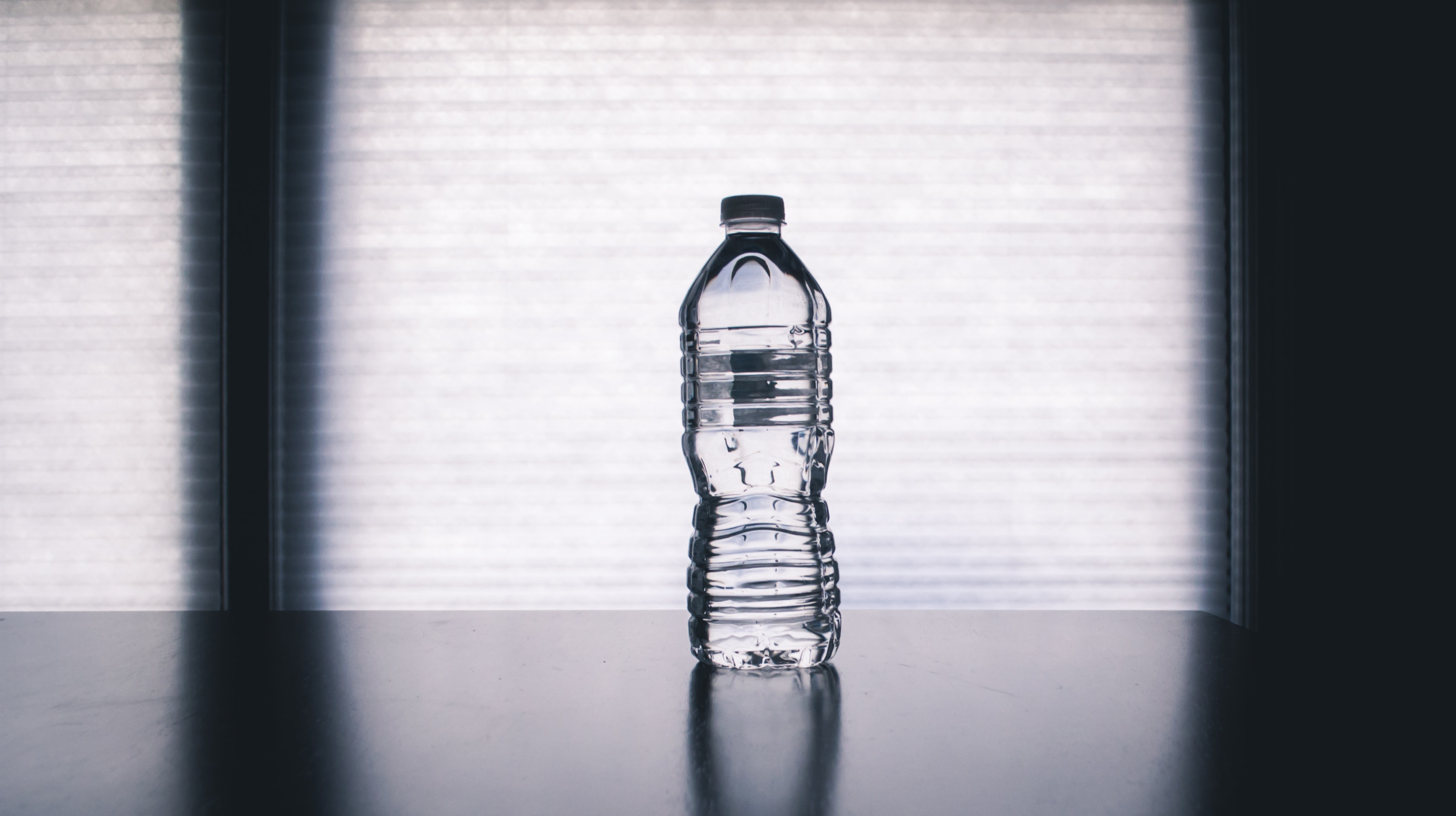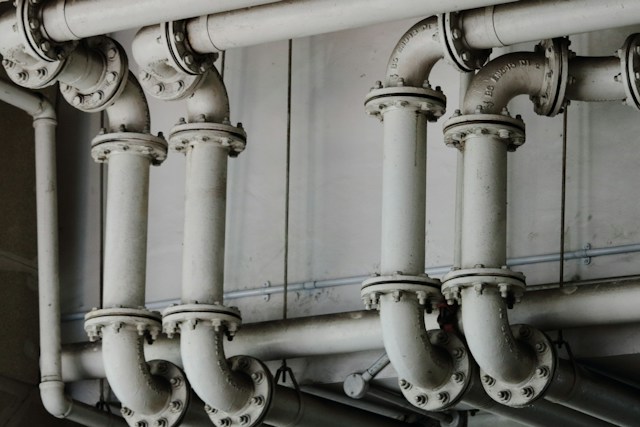You can use plastic molding for plenty of applications across various industries, including foods and beverages. For the foods and beverages industry, this injection molding process is useful to produce bottles and caps, along with various food containers. The process will follow the standard plastic injection method, whereby you will need to go through the design process, tooling process, and extrusion process for the plastic parts.
This guide will focus on the injection molding process for the foods and beverages industry, which produces plastic bottle caps for various brands.
Designing Your Plastic Bottle Cap – How Would You Like It to Look?
Before proceeding with the design process, please keep in mind that plastic molding supports the use of complex geometries in your design. It means it is possible for you to add some intricate details to your cap design, depending on your needs. Branding is also a great part of this process.
Most companies would want to add some branding elements to their bottle cap design as a part of their marketing strategy. Aside from that, you can also add different shapes for the cap, with the internal threading system that will match the external threading of the bottle.

Preparing the Mold Based on Your Design
The next process is the tooling process, in which you will need to prepare the mold based on your cap design. The mold will feature mold cavities that you will use to shape the raw plastic materials into bottle cap shapes based on your design requirements. The tooling process itself can take quite a long time, depending on how complex or intricate your cap design is.
Here are some considerations for the mold preparation process of your bottle cap design:
- Use the right material for the mold for the best cycle performance. Different mold materials will give you different cycle performances. Because the mold will work only for certain production cycles, you should pick the mold material that can handle the production goal for the bottle cap you would like to make.
- Consider your injection molding cost and production goal. For instance, steel mold is better than aluminum mold, but the steel material will be much more expensive if you use it in the tooling process. However, it will likely meet your production goal much better when compared to the aluminum mold.
- Will you use the design again later? To save time and money in the tooling process, think about the reusability of the mold for the plastic caps. If this is just a once-and-done project, you can use a cheaper mold with a shorter life cycle, such as by using a cheaper mold material, to get this project done. But, if it will be a continuous production project, using a more expensive mold will be beneficial for the long term.
- Is it necessary to add more details and complexities to your cap design? The more intricate your mold design, the longer it will be for you to complete the tooling process for the plastic cap. It’s best to think through whether you will need some additional design intricacies so that you can save some time and money in the tooling process.
Configuring the Injection Molding Machine Tonnage Based on Your Requirements
Now that everything is ready, including your tooling and materials, it’s time for you to start producing the plastic bottle caps. Of course, before doing that, you will need to configure the injection molding machine first based on your requirements. The most important thing to configure is the tonnage required for your mold, which needs to match the machine’s tonnage specifications.
The Injection Molding Process for Bottle Caps
Producing bottle caps using plastic mold injection requires you to use the extrusion mechanism, as this is the best mechanism that you can use to produce tube-like objects. You can also add certain details to your design, such as a specific surface design and branding for the bottle caps, along with internal threading.
Here’s the step-by-step injection molding process for bottle caps:
- Clamp the mold based on the tonnage requirement. After completing the mold for the plastic bottle cap design, you will need to clamp the mold according to the tonnage requirement of your machine, which will allow you to connect the feeding system with the mold. Be sure to follow the tonnage requirement to ensure that your mold will hold its place during the production period.
- Feeding the plastic materials into the mold. Next, it’s time for you to feed the plastic materials into the mold. You will need to do this before starting the injection molding operation to ensure that the plastic materials will be ready when you start the production operation.
- Using the extrusion mechanism. For plastic bottle cap production, you will need to use the extrusion mechanism, as this is the mechanism that works best to produce tube-shaped products. With the extrusion mechanism, you can create plastic bottle caps that will have the best design, along with the threading system inside the cap.
- The cooling process of the injection-molded plastics. Now, the extrusion process will be complete, and the injection-molded bottle caps will need to cool down before you can eject them from the mold. Depending on various factors, you will need to wait for different cool-down times for the plastic bottle caps.
- Ejection of the bottle caps from the mold. Now, it’s time to remove the injection-molded caps from the mold cavities. The mold will be able to handle thousands of production cycles, so you can repeat the process again as needed.
Conclusion
In the food and beverage industry, you can produce bottle caps with intricate designs and branding elements with ease. You need to start with the right design process and follow it with the best tooling option for the plastic parts. It is recommended that you perform some prototyping processes before choosing the plastic caps to use for your products, as well as considering simplifying your cap design for a smoother production process.
Need to produce thousands of bottle caps for your foods and beverages brand? We at Team Rapid can provide you with the best deal to complete your project. You can submit your design requirements for the plastic bottle caps to us, and we will send the quote for your project as soon as possible.







